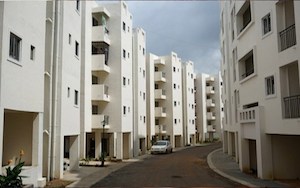Access, Affordability and Occupancy - Housing policy challenges?
The Government of India aims to provide “Housing for All” by 2022. Urban Housing Shortage was estimated at 18.78mn in 2012 which came down from 24.71mn in 2007. This decrease was majorly due to relatively increase in number of houses built between 2001-2011. But affordability is an issue with most of these houses lying vacant. Number of vacant houses increased by 72% during this period. While quantum of housing loans by Banks and Housing Finance Corporations (HFCs) grew exponentially during 2007-2012, the loan portfolio is being increasingly skewed towards the category of “above 10 lakhs”. A mere 52% completion of projects under Government schemes (JNNURM, Rajiv Awas Yojana and Affordable Housing in Partnership) has added to the problem. Further, only 72% of these completed dwelling units have been occupied. It would be fair for the Government to measure it's goal by how many houses are being occupied and not the number of houses.
As per Census 2011, vacant houses account for 10.07% of total households
Under business-as-usual approach, the housing shortage would balloon to 30 million by the 2020.
0.22 million houses have been built in urban areas during the last three years under JNNURM, Rajiv Awas Yojana and Affordable Housing in Partnership

